
| ENGLISH |  |
BAHASA INDONESIA |  |
日本語 |
|
Outline of Japan's ODA Activity in Indonesia in Individual Sectors
 Disaster Prevention Disaster Prevention
Building A Natural Disaster-Resilient Nation - Cooperation on Disaster Prevention between Japan and Indonesia
Due to its topographic features, Indonesia is prone to various natural disasters, which include earthquake, tsunami, volcano eruption, flood, landslide, drought, forest fire and so forth. During the past ten years, from 1999 to 2008 alone, natural disasters are said to have left approximately 180,000 people dead and approximately 8.4 million more to suffer, causing the financial damages that reached as much as 10 billion US dollars in Indonesia. First of all, Indonesia was hit by an average of 400 earthquakes a year, which measured more than 4 on the Richter scale. (See Fig.1 Record of Past Earthquakes) Indonesia also has 129 active volcanoes and 17 of them including Mt. Merapi are currently very active. (See Fig.2 Location of Active Volcanoes) Furthermore, tsunamis accompanying earthquakes and volcano eruptions also occur frequently. Approximately 100 tsunamis occurred in Indonesia in the last 400 years from the year of 1600, which are said to have killed more than 340,000 people in total. (See Fig.3 Record of Past Tsunamis)
Some parts of Indonesia belong to the area prone to be hit by the Asian monsoons. Excessively heavy rain in those areas results in numerous occasions of flood and ensuing disasters each year. For instance, the massive flooding in Jakarta in 2007 left 80 people dead or missing, causing the financial damages that reached 5.18 trillion rupiah. Furthermore, landslides caused by rainfall during the rainy season and earthquakes occur throughout the country due to the volcanoes and weak geographical structures scattered in wide areas. As both Japan and Indonesia belong to the Ring of Fire and the Asian monsoon area, both countries have been tormented by similar natural disasters for a long time, except for the typhoons and heavy snowfall which are particular to Japan. It is very significant that those two countries that have been hit hard by the natural disasters are working together in the area of disaster prevention. Using the past experiences and technology that have been accumulated thus far, Japan is cooperating with Indonesia's efforts to build a disaster resilient nation. An enormous earthquake measuring of 9.0 on the Richter scale and the accompanying tsunami which occurred on December 26, 2004 off the coast of Sumatra, Indonesia, resulted in a disaster of unprecedented scale, which left 166,000 people dead or missing in Indonesia alone. On January 1, 2005, the Prime Minister Junichiro Koizumi announced that Japan would do the best it can to help in providing funding, manpower and knowledge to cope with the disaster. With regard to the earthquake and tsunami rehabilitation and development in Aceh and Nias, the Japanese Government implemented cooperation efforts amounting 640 million US dollars in total. This support consisted of the dispatch of emergency medical team and supply of medicines right after the disaster and subsequently, restoration of basic infrastructures during the rehabilitation stage, including roads, waterworks, health clinics, schools and markets as well as support to long-term development such as the construction of power plants, roads, water drainage facilities and human resource development of local governments. These Japanese assistance have been praised the Indonesian people for their speed and effectiveness. As no one can tell when a natural disaster strikes, it is important to be always prepared to minimize its damage. The experience from the earthquake off the coast of Sumatra and subsequent tsunami in the Indian Ocean led the Indonesian Government to strengthen its efforts to build a disaster-resilient nation. In June 2005, President Susilo Bambang Yudhoyono and Prime Minister Koizumi Junichiro issued "the Joint Communiqué regarding the bilateral cooperation for mitigating damage caused by natural disasters." Based on this communiqué, "the Japan and Indonesia Joint Committee for Disaster Prevention" was established. The purpose of this Joint Committee is to prevent natural disasters in Indonesia while strengthening the cooperation between the two countries to develop a system to mitigate damage caused by natural disasters. (Photo 1 Prime Minister Koizumi and President Yudhoyono)
On July 24, 2006, during the second meeting of the Joint Committee held in Jakarta, Kutsukake Tetsuo, the Minister of State in charge of disaster prevention and Aburizal Bakrie, Coordinating Minister for the People's Welfare, adopted the report, "Building Resilience of Indonesia and its Communities to Disasters for the Next Generation" as a guideline for future disaster prevention measures, which was then reported to the leaders of both countries. (http://www.bousai.go.jp/kyoryoku/indonesia/report_e.pdf) (Photo 2 Minister Kutsukake and Minister Bakrie) Based on this report, the governments of both countries are now working together to promote disaster prevention, especially in the following four prioritized areas: establishing disaster prevention structure, developing tsunami early warning system, strengthening earthquake standards, and enhancing countermeasures against flood and landslide.
The Japanese Government has been continuously cooperating with the Indonesian Government in the area of land erosion control since it first dispatched OCTA (predecessor of JICA) experts on water resource to Indonesia in 1962. Among them, particularly important is the cooperation project conducted for 36 years from 1982 to 2008 at the following two facilities of Ministry of Public Works in Yogyakarta: "Volcano and Erosion Control Technology Center" and "Land Erosion Control Technology Center." With the aim of protecting the residents around Mt. Merapi from the dangers of volcanic eruption, landslide, mudflow and so forth, the cooperation project developed local technicians and provided technical guidance in disaster prevention. Through this cooperation, the Japanese word "sabo," meaning erosion control, is becoming widely recognized in Indonesia. This cooperation project has been highly appreciated by the Indonesian people, the members of Yokyakarta's royal family such as Hamengku Buwono X, who is also the governor of the special province of Yogyakarta. Furthermore, the participants of the cooperation project have organized alumni associations named "Keluarga SABO" (Family of Erosion Control) in both countries. The association in Japan is headed by Matsushita Tadahiro, a former member of the House of the Representatives of the Diet, while the one in Indonesia is headed by Suyono Sosrodarsono, former minister of public works. The exchanges between both associations still continue today. In this way, cooperation of Japan and Indonesia in the area of erosion control is now more than just technology transfer. It is elevated to the level of active reciprocal exchanges. (Photo 3 Keluarga SABO)
Column for Experts: The History of the Development of Disaster Prevention in JAPAN
【Useful Websites to Know More about Disaster Prevention】
|
|
||||||||||||||||||||||||||||||||||||
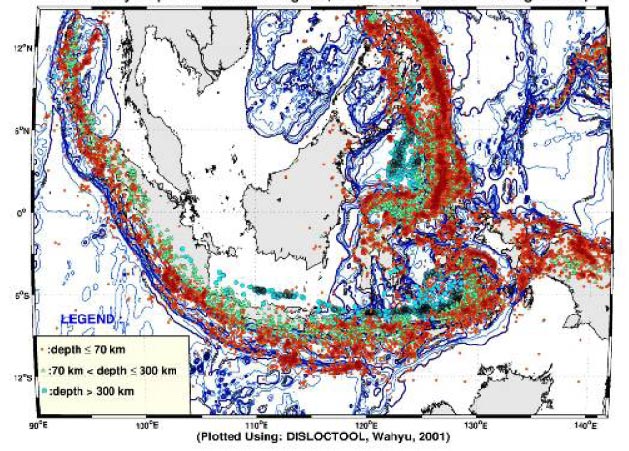
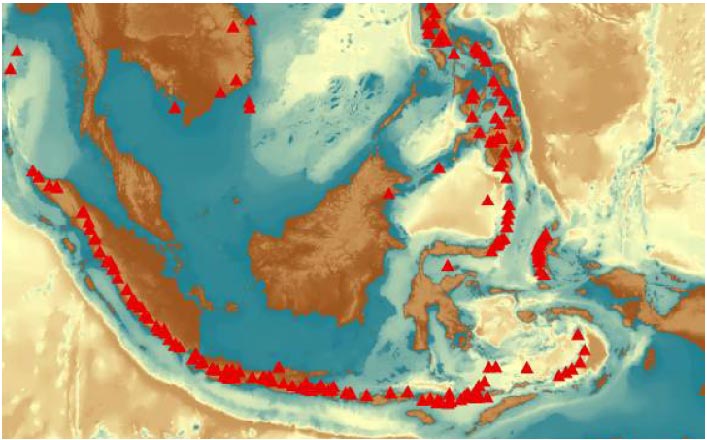
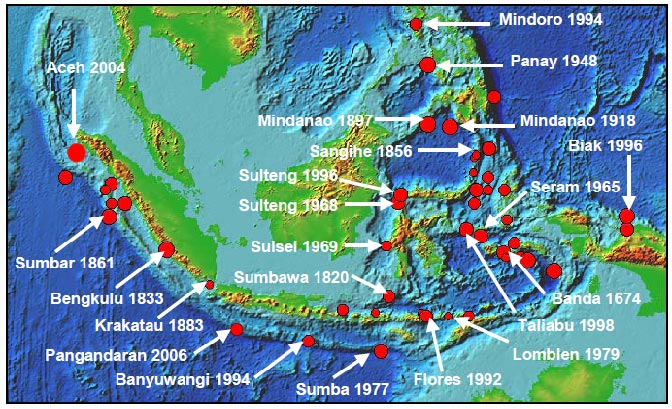


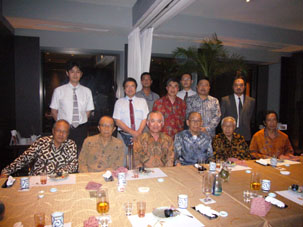
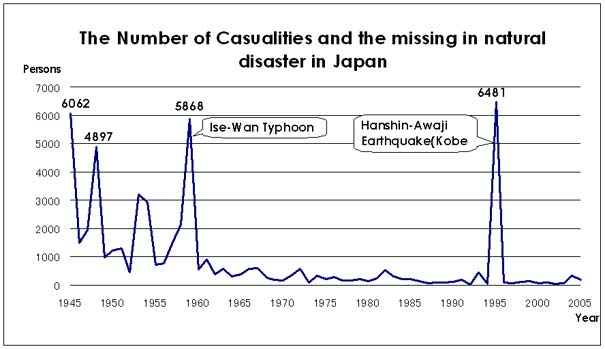
 Return Top
Return Top

